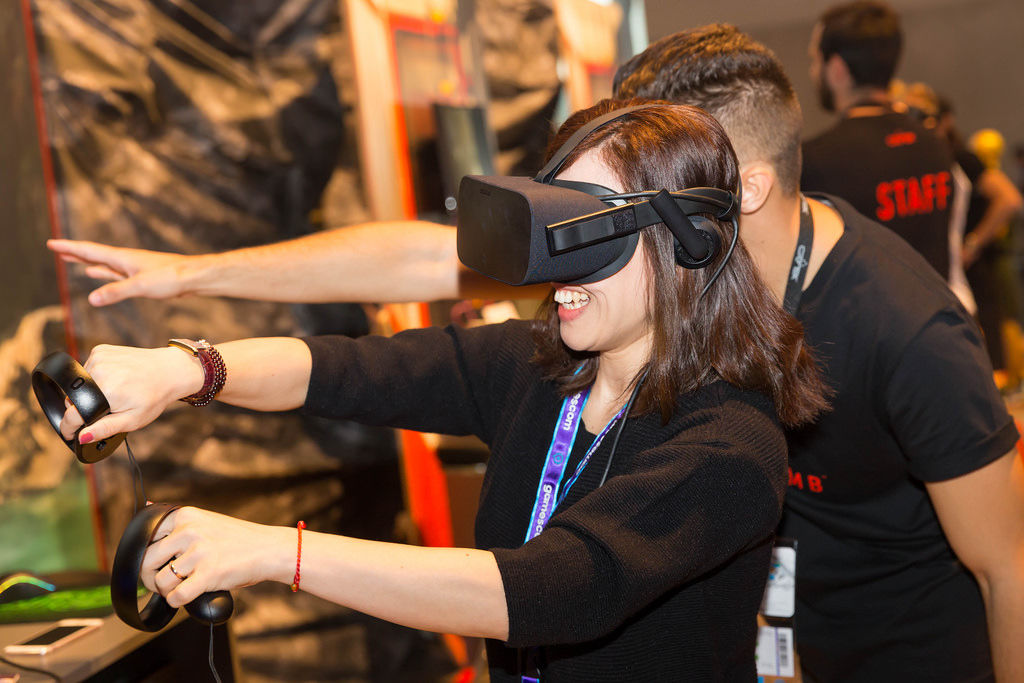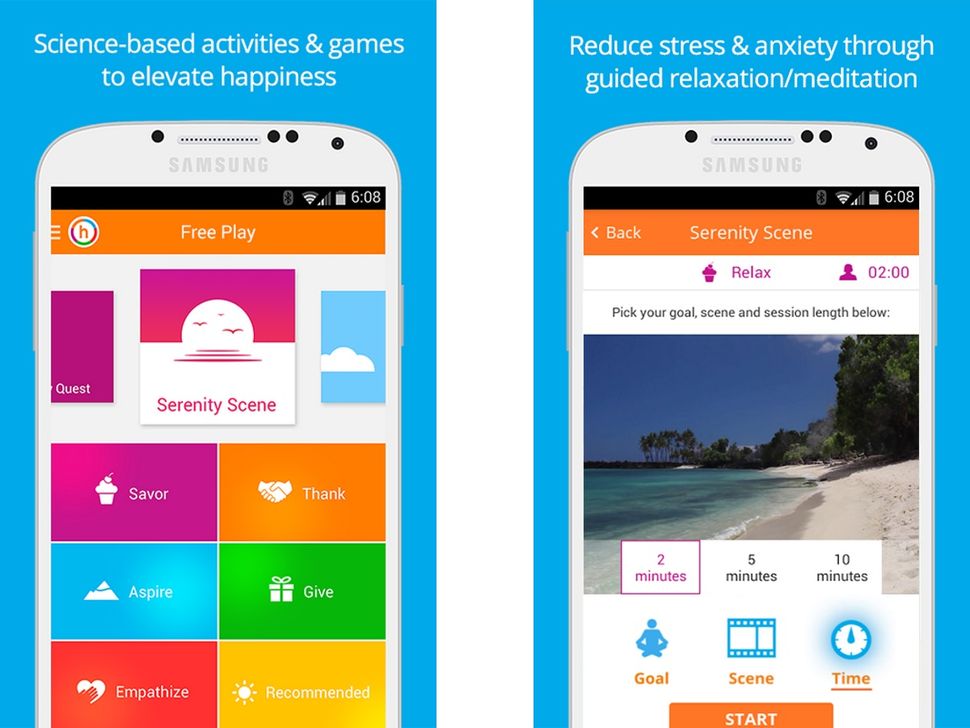VR Fitness: Better Workouts Through Immersion introduces a transformative approach to exercise, where virtual reality technology enhances physical workouts by creating immersive experiences. This innovative blend of fitness and technology not only increases engagement but also motivates individuals to pursue their fitness goals with newfound enthusiasm. As VR environments simulate various settings, users can escape the monotony of traditional workouts, making each session both enjoyable and challenging.
The potential of VR fitness lies in its ability to cater to individual preferences, offering tailored workouts that accommodate different fitness levels and interests. By leveraging the immersive nature of virtual reality, users can experience workouts that are not only effective but also mentally stimulating, resulting in improved performance and consistency. This evolution in fitness practices positions VR as a game-changer in the pursuit of health and wellness.
In the last few decades, technology has drastically transformed various sectors, and education is no exception. With the advent of the internet, digital tools, and innovative learning platforms, traditional educational paradigms have evolved significantly. This paper explores the multifaceted impact of technology on modern education, examining both its advantages and challenges, while highlighting how it reshapes the learning experience for students and educators alike.
1. Introduction
The integration of technology in education has led to a paradigm shift in teaching methodologies and learning processes. The traditional classroom, characterized by a one-size-fits-all approach, is being replaced by more dynamic and flexible learning environments. This transformation is largely facilitated by advancements in information and communication technology (ICT), which have enabled the development of e-learning platforms, digital resources, and interactive teaching tools.
2. Benefits of Technology in Education
2.1 Enhanced Accessibility, VR Fitness: Better Workouts Through Immersion
One of the most significant advantages of technology in education is improved accessibility. Students from various geographical locations can access quality educational resources and materials. Online courses allow learners to study at their own pace and convenience, breaking down barriers associated with traditional educational settings. This democratization of education has made it possible for individuals from diverse backgrounds to pursue their academic goals.
2.2 Personalized Learning Experiences
Technology enables personalized learning, allowing educators to tailor their teaching methods to meet the individual needs of students. Learning management systems (LMS) and adaptive learning technologies analyze students’ performance and provide customized pathways based on their strengths and weaknesses. This data-driven approach enhances student engagement and motivation, leading to better academic outcomes.
2.3 Engaging Learning Environments
Interactive tools and multimedia resources, such as videos, simulations, and gamified learning experiences, play a crucial role in making education more engaging. These technologies foster a more stimulating learning environment where students are encouraged to explore and collaborate. The use of virtual reality (VR) and augmented reality (AR) further enhances this engagement by providing immersive experiences that can bring complex concepts to life.
2.4 Development of Digital Literacy
In an increasingly digital world, the acquisition of digital skills is essential. Technology in education fosters digital literacy, equipping students with the necessary skills to navigate the digital landscape. From using productivity software to understanding online research methodologies, students learn to become proficient digital citizens, preparing them for the demands of the modern workforce.
3. Challenges of Integrating Technology in Education
3.1 Equity and Access Issues
While technology has the potential to improve accessibility, it can also exacerbate existing inequalities. Students from low-income families may lack access to reliable internet and devices, hindering their ability to participate in online learning. Educational institutions must address these equity concerns to ensure that all students have equal opportunities to benefit from technology-enhanced education.
3.2 Dependence on Technology
As reliance on technology increases, there is a risk of diminishing traditional learning skills. Over-dependence on digital tools may lead to decreased critical thinking and problem-solving abilities among students. Educators must strike a balance between technology use and conventional teaching methods to ensure that students develop a well-rounded skill set.
3.3 Teacher Training and Support
The successful integration of technology in education hinges on the preparedness and comfort level of educators. Many teachers may lack the necessary training to effectively incorporate technology into their curricula. Ongoing professional development and support are essential to equip educators with the skills and confidence needed to utilize technology effectively.
4. The Role of Educators in a Tech-Enhanced Classroom: VR Fitness: Better Workouts Through Immersion
Despite the increasing presence of technology in education, the role of the teacher remains paramount. Instead of being the sole source of knowledge, educators are evolving into facilitators who guide students in navigating digital resources and information. Teachers must foster critical thinking, creativity, and collaboration among students, equipping them with skills that are essential in the 21st century.

5. Future Trends in Educational Technology
The future of technology in education is likely to witness continued innovation and evolution. Emerging trends such as artificial intelligence (AI), machine learning, and blockchain technology have the potential to further transform the educational landscape. AI-powered tutoring systems, for instance, can provide personalized support to students, while blockchain can enhance the authenticity of academic credentials.
6. Conclusion
The integration of technology in education represents a double-edged sword, offering substantial benefits while also posing significant challenges. As educational institutions navigate this new landscape, it is crucial to prioritize equity, provide adequate training for educators, and maintain a balanced approach to learning. By harnessing the power of technology effectively, we can enhance educational outcomes and prepare students for success in an increasingly digital world.











